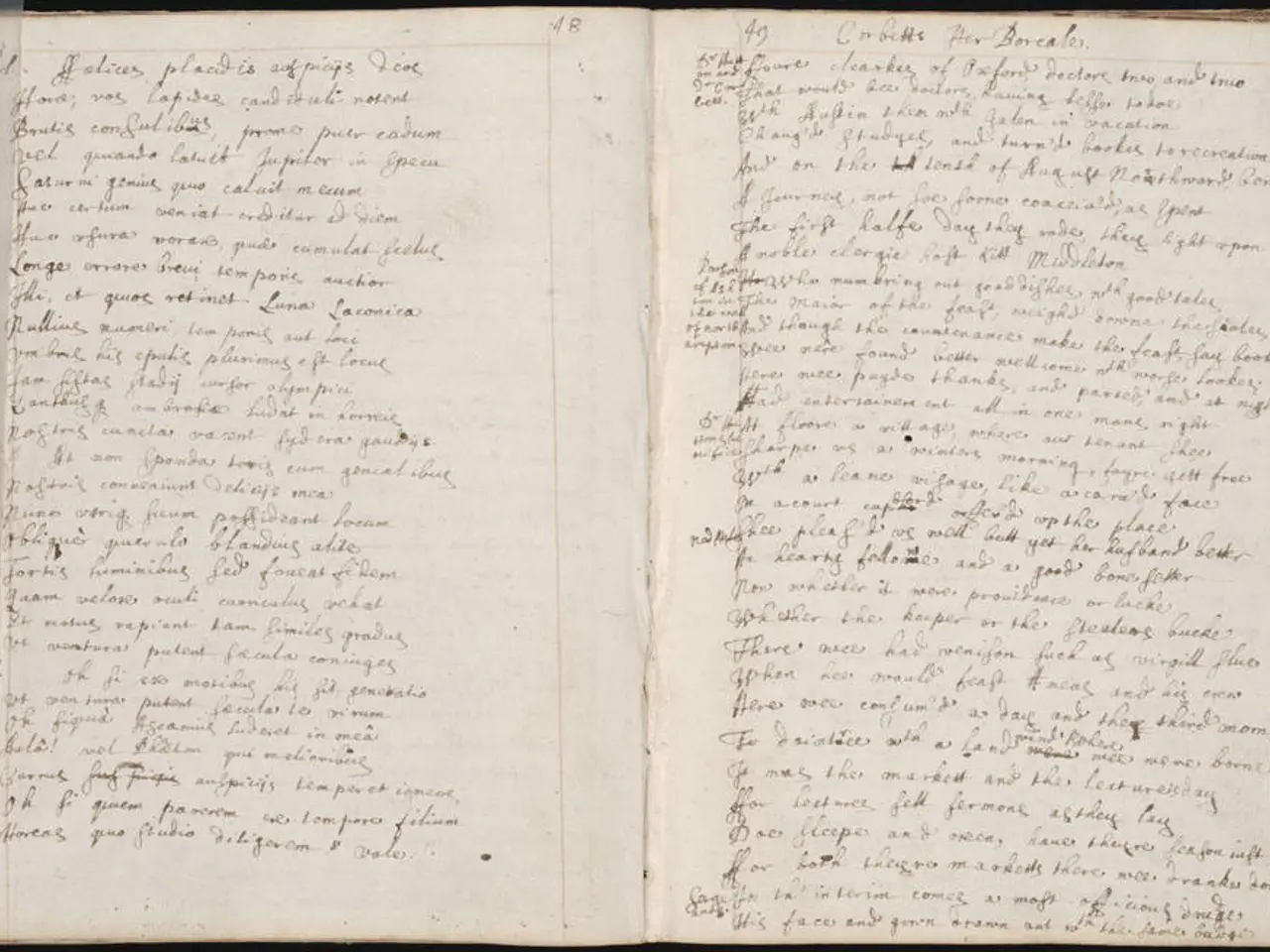Enduring Self-Inflicted Experiment: A Personal Challenge
In the world of journalism, where facts and accuracy are paramount, a unique approach has been adopted by some writers to ensure they are not swayed by cognitive biases or preconceived notions. This method, known as "red-teaming," is a practice that involves deliberately challenging and testing one's own assumptions and narratives.
One notable journalist who embraces this approach is Wright Thompson. In his book, The Barn: The Secret History of a Murder in Mississippi, Thompson applied this method rigorously. He and his fact-checker, Katie King, rented a house for a week and dedicated their time to tearing apart the facts and narratives to verify their truthfulness. This unconventional approach, Thompson explained, was about arguing against the details he loved most to ensure their accuracy and plausibility, rather than simply accepting them at face value.
This red-teaming process embodies a cybersecurity concept of the same name, where an adversarial approach is taken to one's own beliefs to identify weaknesses and incorrect assumptions. By forcing himself and his team to rigorously dispute even the parts of the story he found most compelling, Thompson guarded against confirmation bias and the risk of accepting misinformation or inadvertent exaggeration.
This disciplined skepticism helps ensure a more accurate and honest account, particularly critical for the heavy historical and emotional subject matter of his book.
Practicing red-teaming of beliefs, as Thompson describes, involves:
- Actively seeking to disprove or challenge your own favoured ideas or details.
- Employing trusted collaborators (like fact checkers) to argue from opposing perspectives.
- Immersing oneself in dedicated sessions focused on critical reexamination and fact verification.
- Remaining open to the possibility that compelling narratives may be false or misleading, which is crucial for intellectual honesty.
This practice can be applied broadly to combat cognitive biases and preconceived notions in any analytical or creative work. Admitting error is not a failure but a vindication of methods and pursuit of wisdom. Seeking out people who can refute one's beliefs is important for finding the truth.
In essence, red-teaming is a powerful tool for journalists and researchers, fostering a culture of intellectual rigour and honesty. It encourages a mindset of questioning, testing, and challenging one's own beliefs, ensuring that the truth is never compromised.
This method of red-teaming is not limited to journalism; it can be applied to various fields for personal growth and self-development, such as health-and-wellness, fitness-and-exercise, mental-health, and education-and-self-development. For instance, an individual dedicated to improving their mental health might actively seek to disprove or challenge their own favoured theories about wellbeing, employing a trusted therapist who can argue from opposing perspectives. This practice promotes mindfulness and intellectual honesty, enabling one to refine their understanding and pursue wisdom in health-and-wellness and other areas of life. Similarly, educators may use red-teaming to challenge preconceived notions and biases in program design and instruction, ensuring a holistic and accurate educational experience for their students.




